When it comes to capturing people, street photography is one of the most challenging genres where you capture candid moments of people going about their daily chores. Even though it is about capturing the moments, if the photographer takes time to observe a location, choose the right time and location, they can capture some compelling street photos.
In this article, we will discuss 7 tips that will help to capture stunning street photographs.
1. Choose The Right Location
Street photography can be captured in any streets across the world, but it is always good to know the local rules and legislations relating to capturing photographs of people in the public. With street photography, you will need to walk around and see what is happening in a particular location. Some places are busy only during certain times of the day, while others are all through the day, especially if it is a city.
As with all types of photography, you need to pay attention to the light, background and stories. These can help to capture powerful images and take the photograph up another level.
Light
Street photography can be captured in natural or artificial light situations depending on when you are photographing. During the day time, you will be shooting in natural light and at night using artificial ambient light available around for example, light from shops, street lights, cafes, residential areas, etc.
Soft side lighting is mostly preferred for street photography, but if you are in a location at a time when the light is strong and you do not want to miss photographing something, make use of the available light.
Mornings and evenings are great for dramatic street photos, and during the midday, you can wait for your subject to walk into a shaded location, or use shadows from harsh light to frame your subject interestingly and so on. Overcast days can be great to shoot all day long and for capturing rich colours in the frame. Make instant decisions depending on the scenario and each lighting situation will yield a different mood to the image.
Background
It is very difficult in street photography to choose the best backgrounds, but by moving around and hanging perspectives, you can avoid clutter and distractions in the background. Some areas have colourful walls, houses, shops, etc., and these locations can be used as interesting and contrasting backdrops.
You may also come across lines, frames, walkways, alleyways, etc., when in the streets. These can be used as interesting backgrounds to compose the shot when framing your subject. With colours, try to find contrasting subjects for the background you have chosen.
Stories
Every street has something that will depict the story of that location or at least something relating to local culture and traditions. If you are new to a place, research and find about the local cultures and traditions, observe the people and capture their stories in their natural day to day environment.
Some of the places to look to capture storytelling images are markets, parks, cultural events, local shops, etc. It is good to capture people in their traditional attire as it will bring in the essence of the area and people you are photographing.
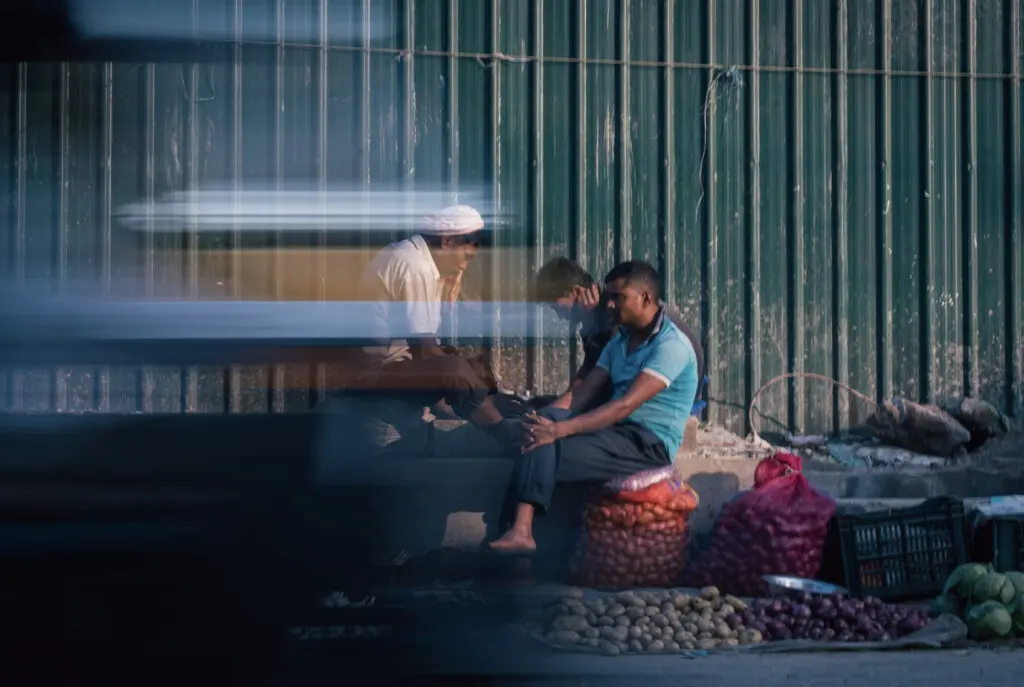
Build Confidence And Interact
Street photography can be intimidating for both the photographer and the person being photographed if they are aware of what is happening. There are a lot of candid shots that can be captured on the streets when the subject is not looking into the camera, but if you want a portrait or a closer portrait where you want to capture the person's character, then you need to speak to them and ask for permission.
Approaching strangers can be difficult, but once you start doing this with confidence, you will be surprised at the positive response from many although a few subjects may respond angrily. Here is what you need to do to confidently interact with strangers in the streets.
- A genuine smile at your subject will make them understand that you are friendly and that your intentions are not wrong. Many people can feel at ease with a genuine smile.
- Approach the subject, ask them how they are, compliment them and let them know your intentions. Tell them why you would like to capture their photo – it could be because they look unique, you may have liked their character, their attire may have been outstanding and so on.
- Request for permission to take their photograph. If they agree, make sure you do not enter their personal space. Always maintain a distance, so the subject can feel at ease. If the subject refuses to have their photo taken thank them with a smile and leave. If the subject agrees, thank and show them what you have captured.
- Street photographers are the best story tellers and if you get a chance to have a conversation with your subject, you can talk to them briefly to understand who they are and what they do. If you do this before capturing the photo, the subject will feel even more comfortable and have genuine expressions on their face when they are photographed.
Pro Tip: Whether the subjects agree to the photo or not, always thank them for their time and consideration. It leaves a positive impression and reflects well on the photography community.
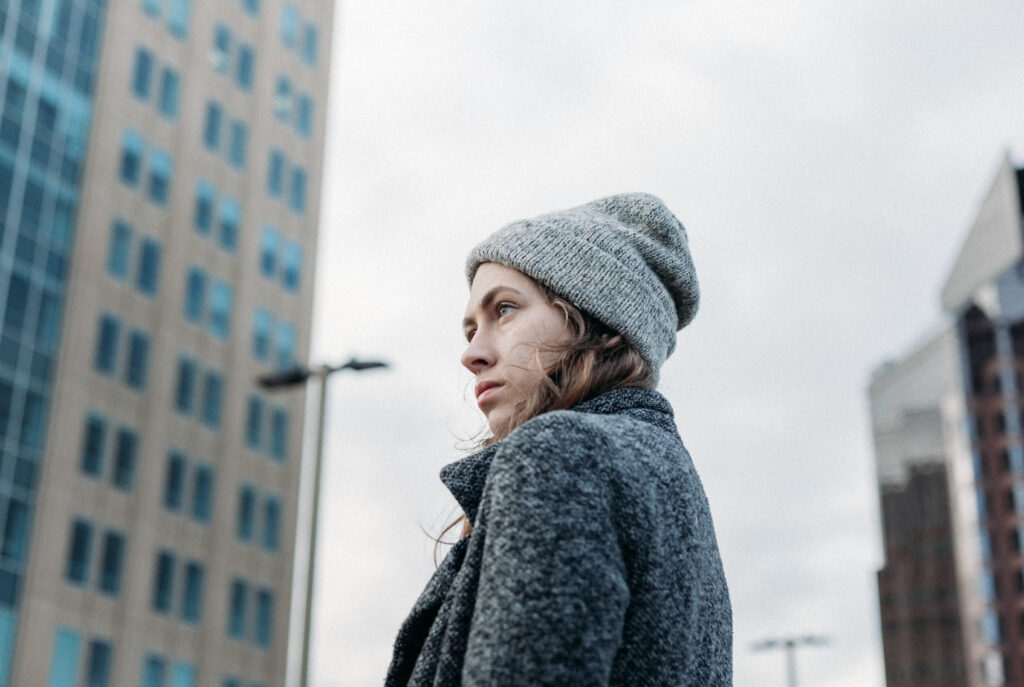
Use The Right Equipment
Street photography can be done with any camera and a basic camera will be more than enough for the task. Having the right equipment can make a huge difference in the way photos are being captured and how the photographer and the subject feel during the process. Here are some points to consider:
- Street photographers when capturing candid moments, need to stay discreet and even if their subject notices them, they should not feel intimidating. It is good to have a small camera (mostly a crop sensor one) rather than a huge DSLR or mirrorless with a big lens. Huge cameras and lenses can attract attention and make the subjects feel intimidated. Moreover, it is not easy to carry and photograph when you are out on the streets.
- Have a camera that is easy to operate. You should be able to quickly make changes to settings depending on the scenario in front of you rather than look at the camera or its screen to make the changes.
- A small lens, like a 35mm or 50mm f/1.8 will be the best choice for street photography. These are small, lightweight, sharp and fast. Besides, these lenses will allow you to capture stunning street portraits with a neat background because of their wide aperture values.
- If you are thinking about tripods, they can be painful to carry around for street photography. If you encounter low light situations, make use of higher iso values to get the shot. If you really have the time to slowdown and use a tripod for long exposure or low light shots, then try a compact lightweight tripod like a gorillapod.
- Make sure you do not use flash to capture street photos as it may not be a wise decision on the streets. If really required especially during very low light situations, you will need to take permission from your subject explaining why you need to use a flash and also make sure that it does not cause distractions or other issues to people around in the streets.
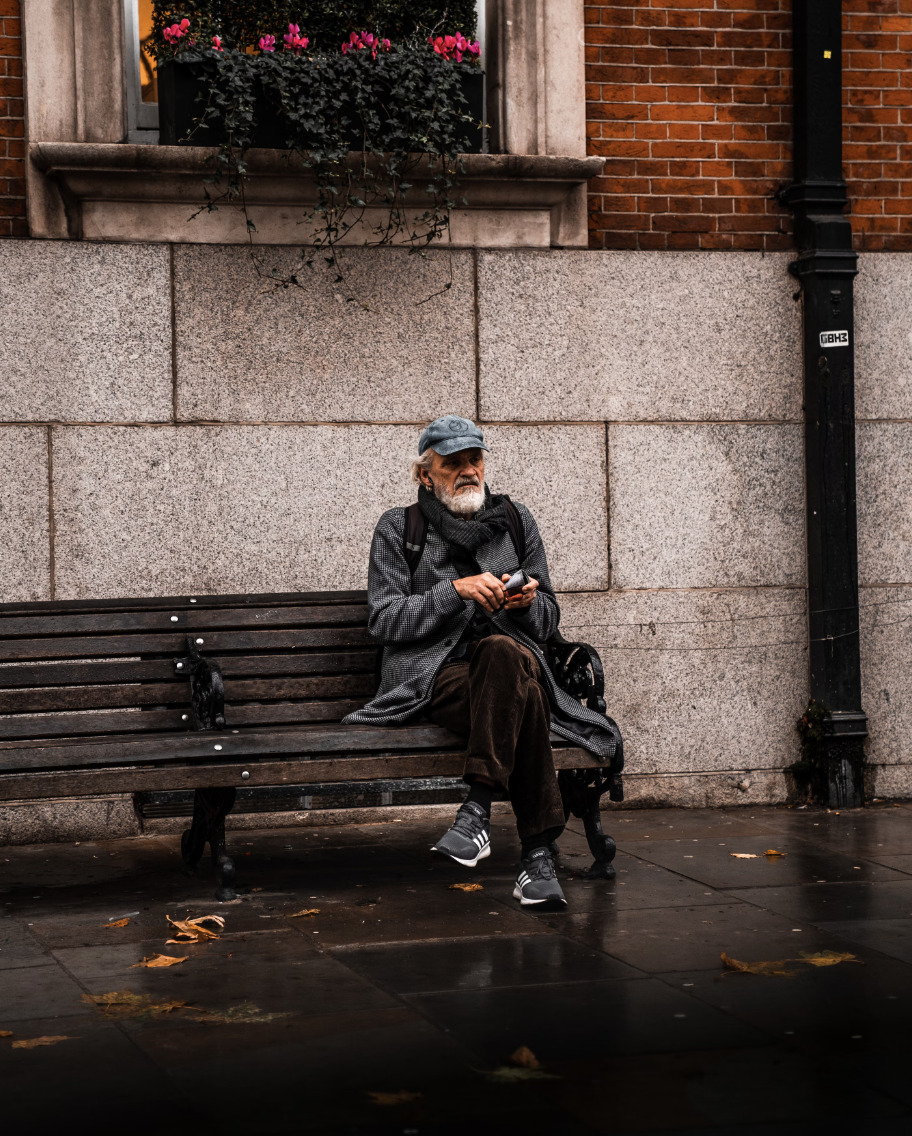
Master Composition Techniques
Compositional guidelines are important in street photography as it can help to bring viewer's attention towards the subject and add interesting features to the frame. Depending on what elements are used for composition, it can add to the story and make it more meaningful. Here are some compositional guidelines that you can try in your street photographs.
- Rule of Thirds: In the rule of thirds guideline, the subject is place on one of the intersecting points of the lines – mostly on the points towards the end of the frame and then the other supporting elements can be placed in the other points. It is one of the most basic compositional guidelines and is used in combinations with many other techniques too.
- Leading Lines: Leading lines can be used to lead the viewer through the frame or scene and take them to the most important part of the frame. Some leading lines that you can find in the streets are pathways, roads, architectural structures, bridges, railings, and so on. Place your subject and other elements along the lines or at the end of the line.
- Frame Within a Frame: In this compositional guideline, you use frames in the scene to frame your subject. These are usually found in plenty in a street, especially if it is an urban setting. Look for doors, arches, windows, trees, architectural structures, and similar elements that can be used to frame your subject.
- Use of Depth: Adding elements in layers can create depth in your images. You can place your subject either in the background or middle ground and use other supporting elements that will add to the story in the foreground, background, etc., to add depth and meaning to the image.
- Negative Space: When there isn't much going on in the streets, try to isolate your subject using negative space. When doing this, look for interesting colours, textures, light, etc., that will add interest to the photo.
Pro Tip: When in the streets, it can be quite difficult to capture moving subjects keeping in mind many other things like light, composition, etc. With practice, street photography becomes easier and you need to make sure your subject is in sharp focus. Also experiment with angles and perspectives and choose the ones that works the best for a particular situation.
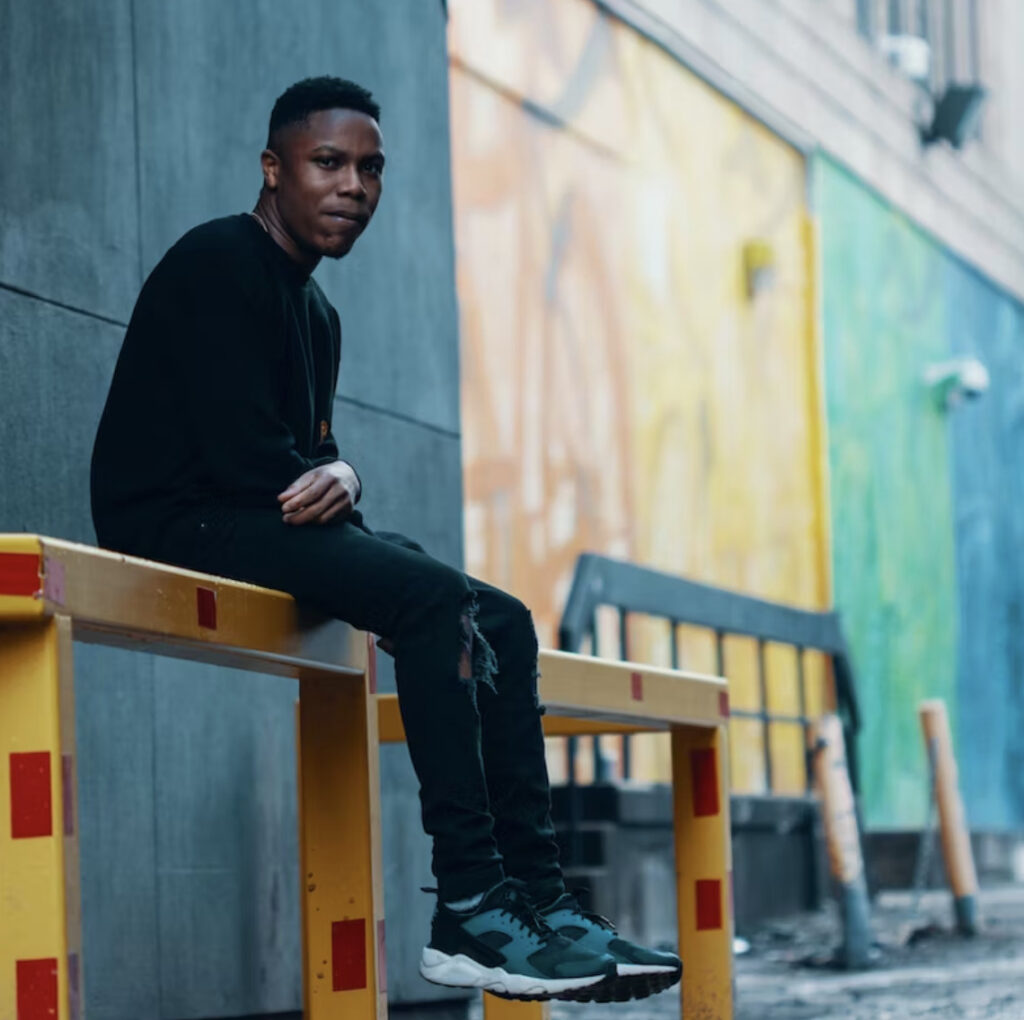
Pay Attention To Light And Shadows
Light can make or break a photograph, but with a good understanding of light, you can use any available light to capture great photos. It takes a lot of practice and patience to achieve this. Here are some interesting types of light and its features that can be used to capture stunning street photographs.
- Golden Hour: Golden hour is one of the best choices made by photographers for most type of photography. This is a small period of time after sunrise and before sunset when the sun is very low in the horizon creating dramatic shadows and making everything glow in golden orange and yellow colour. This light will also help to add depth in the scene and the long shadows can be used as leading lines or to frame the subject.
- Shadows: Shadows are great tools to compose images on the streets. You can use them to frame your subject, lead the viewers eye, as a spotlight, to capture silhouettes and so on. Shadows used in photography can yield some of the most intriguing results.
- Reflectors: When there are unwanted shadows to get rid off in street photography, you will need to look for bright walls nearby that can reflect light on to the darker areas. It is not practical to carry a reflector and hence you need to move around to find the best angle and perspective that will bounce light from bright walls onto dark areas. This will be helpful during midday when the light is too harsh in the bright areas and too dark in the shadow areas.
- Overcast Days: Light on overcast days are soft and diffused. These are days when you can shoot all through the day as the shadows are soft and the colours are rich.
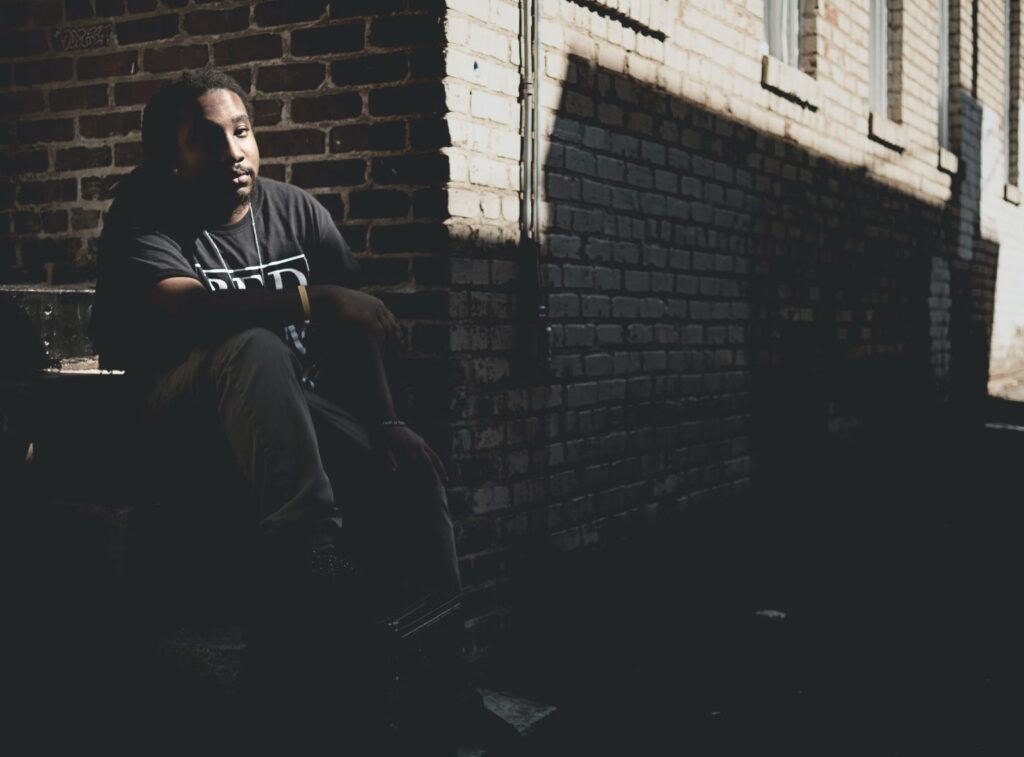
Capture Genuine Emotions And Moments
Street is a place where there is a lot happening. People are there in the moment, going about their daily chores, life and the expressions are very genuine. There are also moments when you can capture emotions in the streets, but you need to observe and be patient to capture rare moments. Here are some tips that you can consider.
- Be Patient: Candid moments can be best captured when you observe a particular scene and anticipate what may happen next. You will need to wait for the right moment and take decisions to capture the right shot.
- Candid Shots: If you wish to capture a candid shot, you will need to capture the person doing their works without looking into the camera. Do not force them to pose to do something intentionally as it can take away from the genuine expression and make it look artificial like a posed shot.
- Expressions: The expressions on your subject's face is more important in order to capture the subject's character. You can even be capturing candid shots of them when they are talking to you casually as it will portray a lot of genuine expression. Each subject is different and will be in a different mood – try to capture exactly the true emotions and expressions.
- Tell a Story: When you are interested in photographing a subject and there is a reason why you wish to photograph them, look at the elements around that would add to the story. Instead of just capturing the subject, if you add meaningful elements to the frame, it will help with creating powerful story telling images. If you are just capturing a closeup portrait, give importance to the expressions that will add to the story.
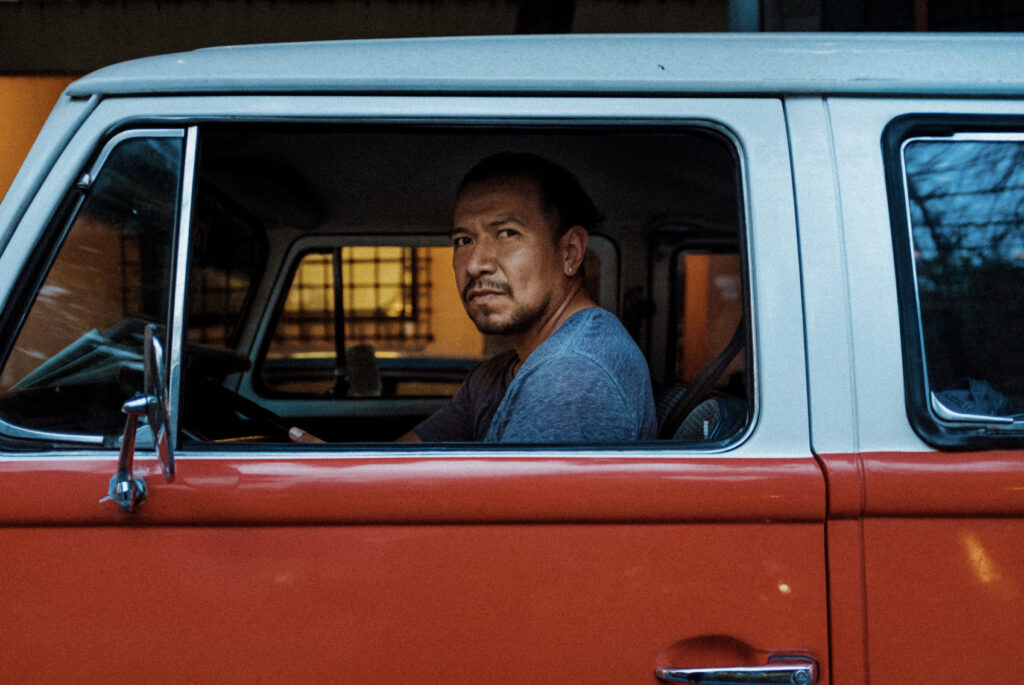
Post-Processing
When it comes to photography, a little bit of post processing is essential to bring out the colours and details in a photo. This applies to street photography as well. Shoot in raw format even for street photography, so you have good details in the file to make proper edits.
Here are some tips to edit street photographs:
- Authentic Results: With street photographs, it is important to keep the edits to a minimum and keep the colours natural. Use white balance, exposure and colours in a way that it represents the original vibe or mood in the scene.
- Basic Edits: Adjust required areas, like exposure, contrast, highlights, shadows, clarity and vibrance. Do not make detailed edits on street photos as it will take away from the originality of the story and the scene.
- Distractions: If you have captured a scene where you were not able to avoid small distractions because of the location itself or the way you had to compose the shot, then use the clone or heal tool and remove unwanted elements in the scene. Do not remove huge areas of the image and make it look unreal.
- Do not overdo edits: When editing street portraits, do not over process. Some beginners have the habit of increasing saturation and clarity, which can make the image look very unnatural. A street scene should very natural in your final image.
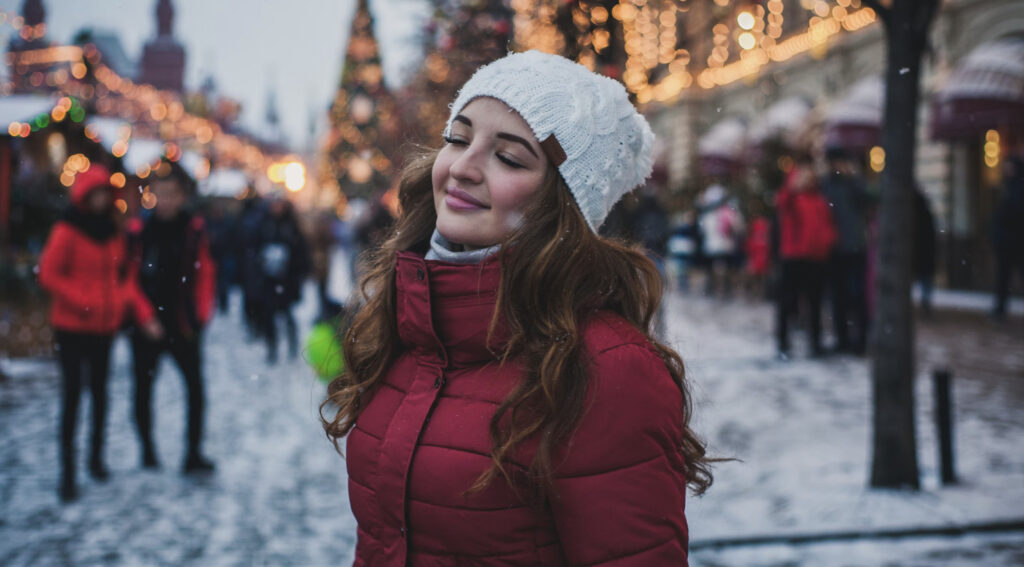
We hope that the above tips will help you to capture street photographs with some confidence. What are some tips that you would recommend when capturing street photographs? Share with us in the comments section below.
Further Reading:
- Two Skills You Can Practice At Home For Better Street Photography
- How To Capture The Life Of A City Through Street Photography
- 5 Street Photography Rules You Shouldn’t Feel Bad About Ignoring
- These Street Photography Tips Will Help You Master The Craft
- How To Do Street Portrait Photography
- How To Approach Strangers For Street Photography



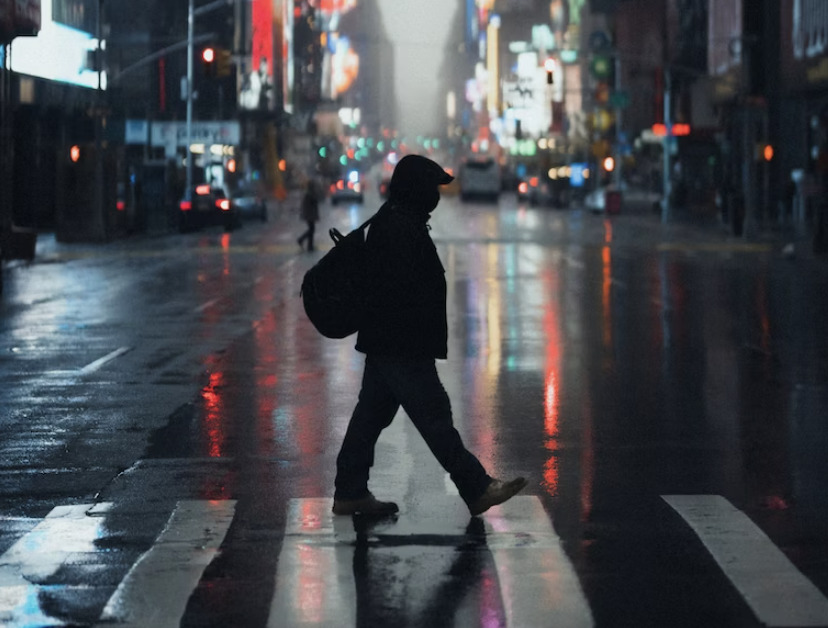
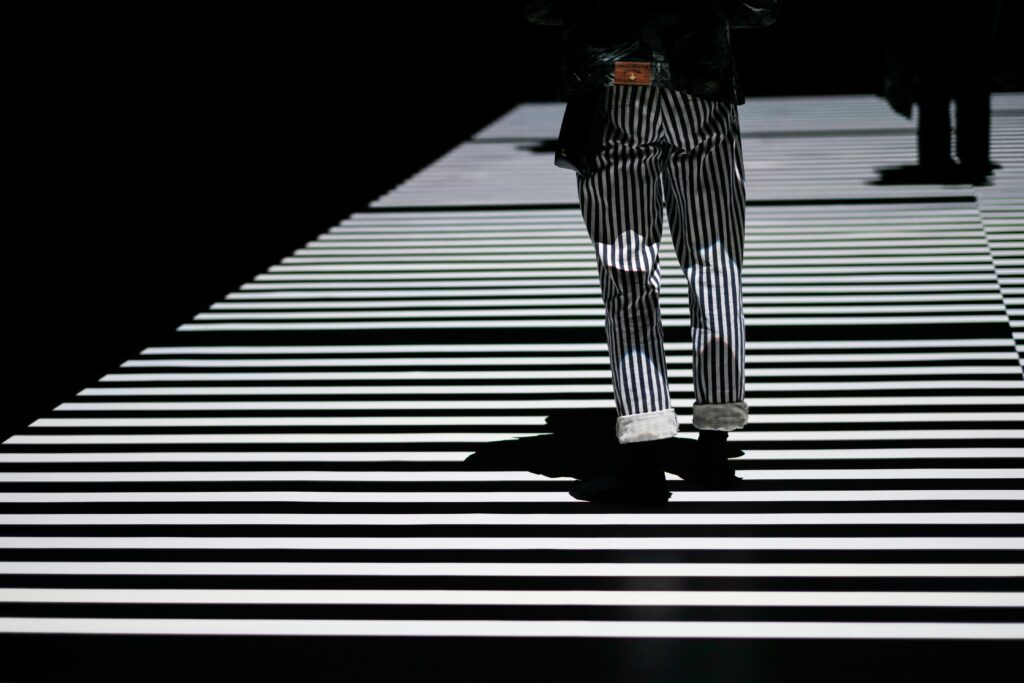
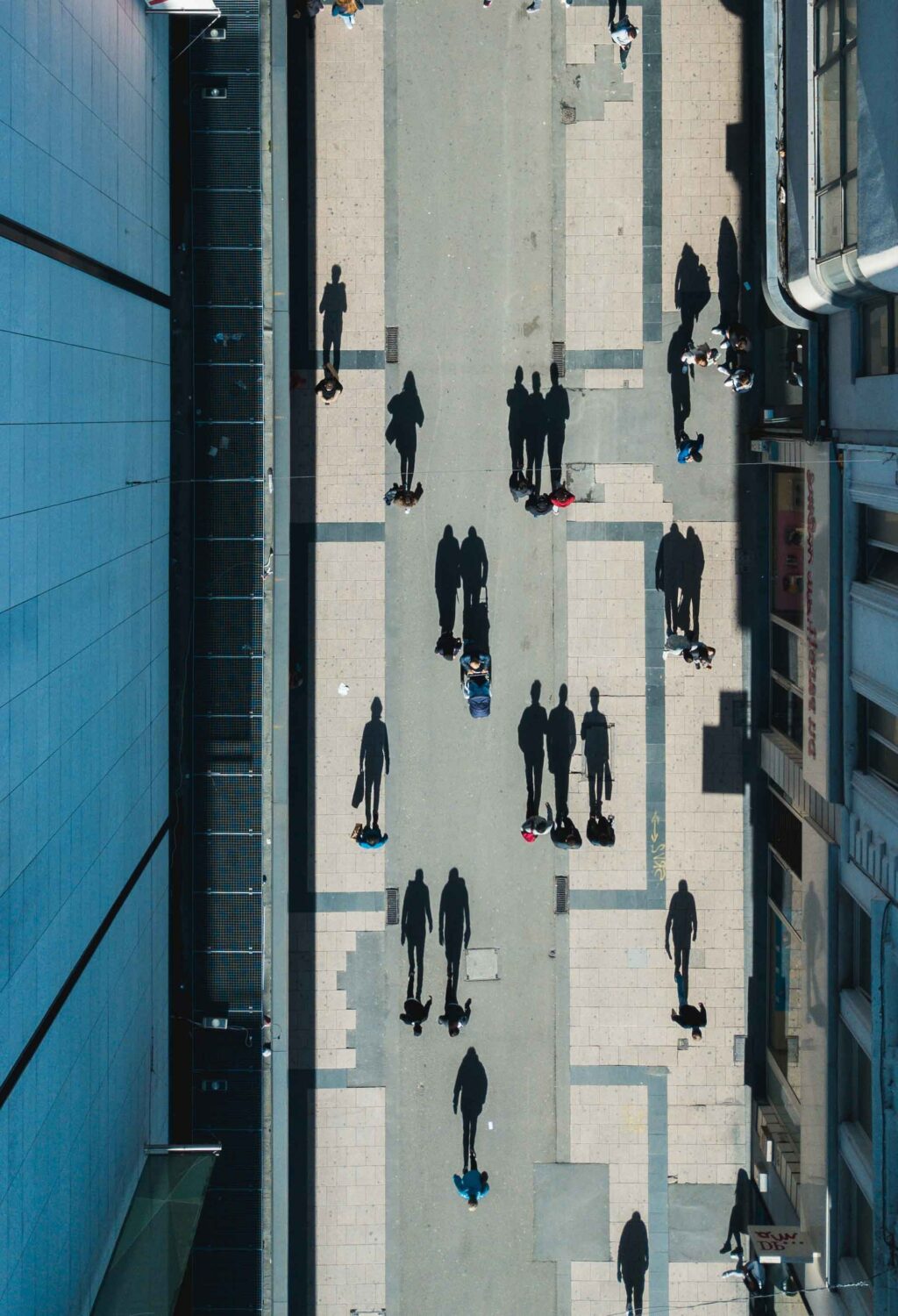
1 Comment
Thank you! Very helpful information!!